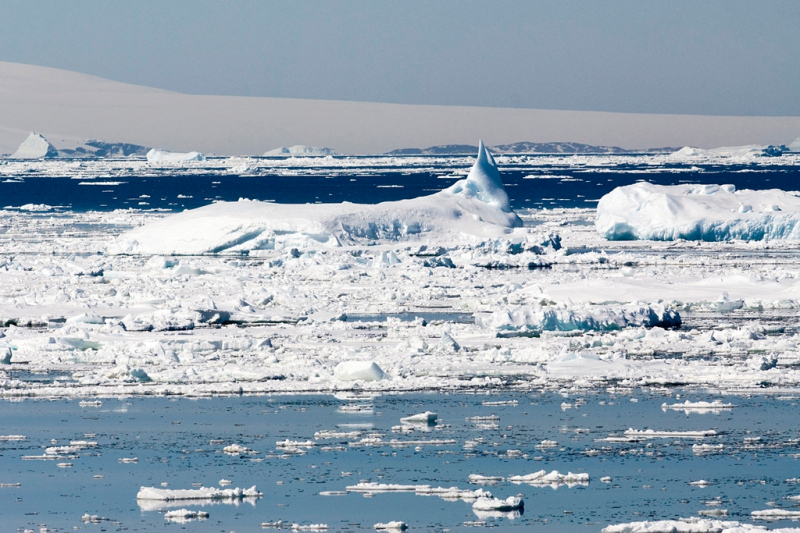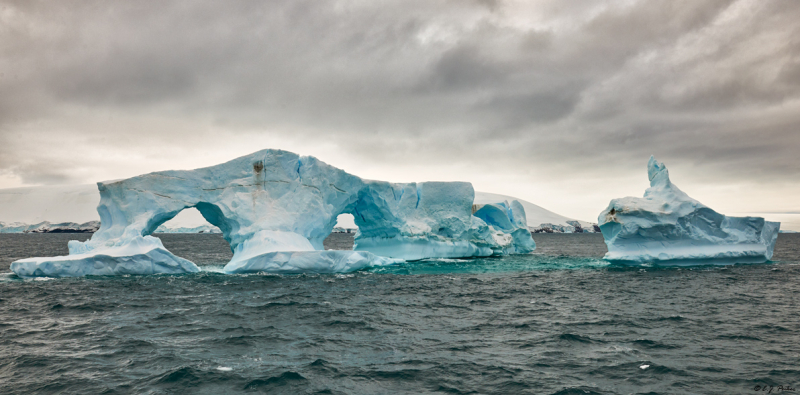The Mysterious Antarctic Bio-Duck Sound
Researchers in the Antarctic have been observing a weird sound that sounds almost exactly like a duck's quack for the past 50 years. But it is submerged. Because it was repeatedly recorded by submarine crews, the initial assumption was that it must have been a man-made sound. Species was afterwards mentioned; however, the noise was too loud for any known fish.
The strange noises were attributed to fish, submarines, or other oceanographic phenomena. The bio-duck was eventually identified by comparing their noises to those in the written books. Additionally, they compared recordings made by long-term, bottom-mounted recorders in a number of other Antarctic locations, such as the Perennial Acoustic Observatory in the Antarctic Ocean (PALAOA), close to Dumont D'Urville and Ross Island, and others. On the Ekström Ice Shelf in western Antarctica is the autonomous observatory known as PALAOA from Germany, which is equipped with underwater hydrophones, or microphones. The primary French scientific research station in Eastern Antarctica is Dumont d'Urville on Petrel Island.
As fate would have it, a pair of trackers with microphones had been attached to minke whales by researchers. Researchers had a front-row ticket to the enigmatic duck sound when they listened to what they had recorded. They were able to definitively establish that it had only ever been minke whales thanks to years' worth of prior recordings. Naturally, none of it clarified why the whales do it, but at least we now recognize them as the culprits.












